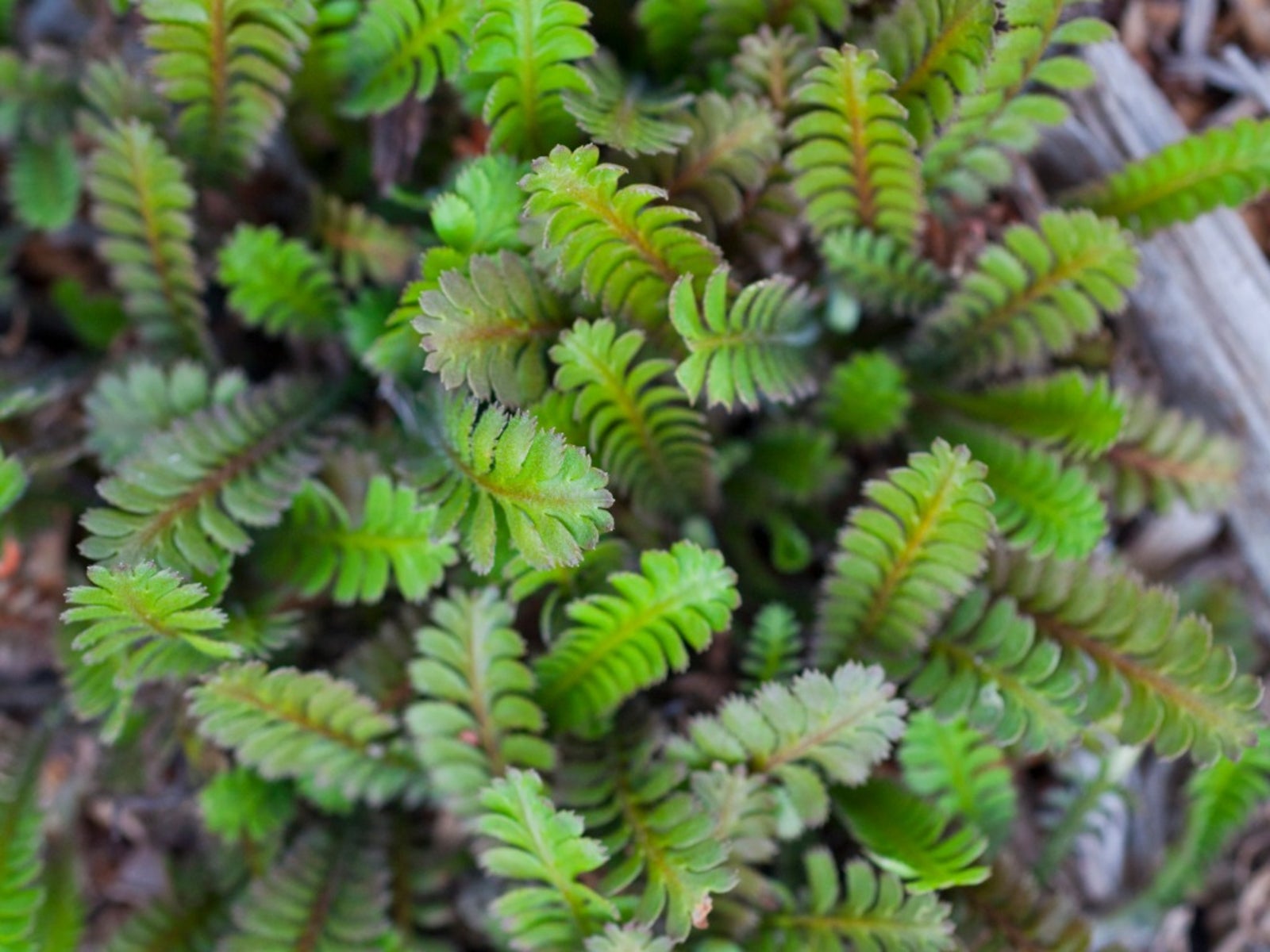Leptinella Information – Tips On Growing Brass Buttons In Gardens


Brass buttons is the common name given to the plant Leptinella squalida. This very low growing, vigorously spreading plant is a good choice for rock gardens, the spaces between flagstones, and lawns where turf won’t grow. Keep reading to learn more Leptinella information, including the growing and care of brass button plants.
Leptinella Information
The brass buttons plant gets its name from the small yellow to green flowers it produces in the spring. The plant is in the daisy family, and its flowers look very much like the centers of daisy flowers, minus the long white petals. These small, hard-looking flowers are said to resemble buttons. Leptinella brass button plants are native to New Zealand but are widespread now. They are hardy from USDA zones 4 through 9, though just what that means depends on the zone. In 9 and 10, the plants are evergreen and will last all year. In colder climates, the leaves may die back. If protected by snow or mulch, the leaves will turn brown but stay in place. If exposed to the cold winter air, the leaves will die and new ones will grow in the spring. This is fine, though the new leaf growth will take a month or two to come back and the plant won’t be as attractive in the spring.
Growing Brass Buttons
Growing brass buttons in the garden is very easy. In cooler climates, the plants like full sun, but in hotter areas, they fare better with partial light shade. They will grow in a wide range of soils, though they prefer well-drained, rich soil with frequent watering. They spread aggressively through runners just underground. You may need to dig them up and separate them every now and again in order to keep them in check. While some varieties boast green leaves, one particular variety that is very popular is called Platt’s Black, named for the garden of Jane Platt in which the plant was first documented. This variety has dark, almost black leaves with green tips and very dark flowers. Growing black brass buttons in the garden is a matter of personal taste – some gardeners think it looks on the verge of death, while others think it looks fascinating, especially interspersed with a bright green variety. Either way, the plant makes an exceptional specimen in the garden.
Sign up for the Gardening Know How newsletter today and receive a free copy of our e-book "How to Grow Delicious Tomatoes".

The only child of a horticulturist and an English teacher, Liz Baessler was destined to become a gardening editor. She has been with Gardening Know how since 2015, and a Senior Editor since 2020. She holds a BA in English from Brandeis University and an MA in English from the University of Geneva, Switzerland. After years of gardening in containers and community garden plots, she finally has a backyard of her own, which she is systematically filling with vegetables and flowers.